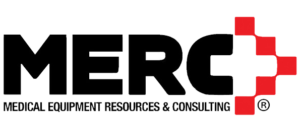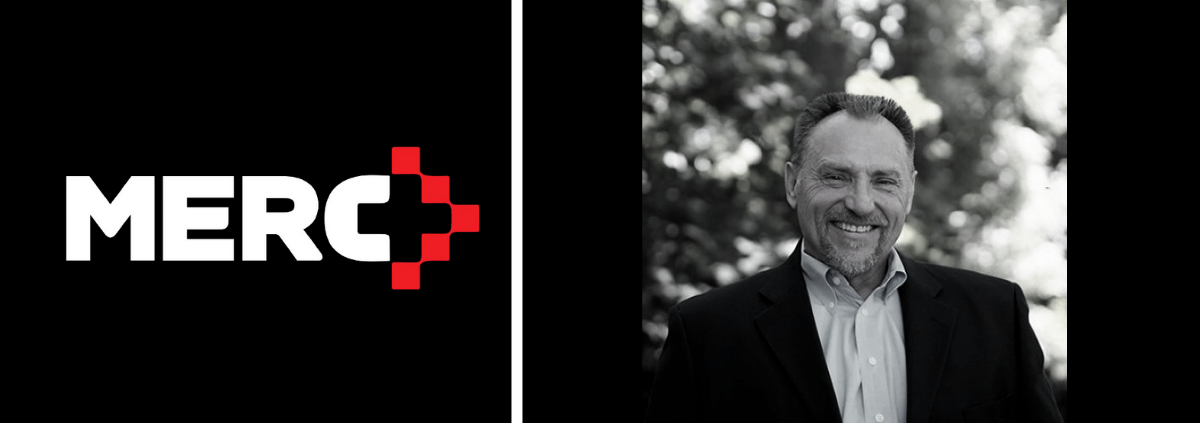CAPITAL STRATEGY INSIGHTS: Reimagining the Process #020

January 9, 2024
#020 Outgoing Equipment – Typical Actions
Our last post looked at Critical Access Hospitals and rural healthcare. It was a diversion from capital strategies in that we discussed a segment of healthcare providers rather than strategies and tactics around asset management and replacement; however, it felt good to shine a light on the challenges of rural care. In this post we’re going back to our core topics of strategic capital equipment management and purchasing; specifically, what happens with the surplus or outgoing piece of equipment.
You’ve come to a place where you have decided to replace an asset. Negotiations are underway on the new incoming unit, and you have decisions to make about the outgoing unit. The following are what we typically see taking place with outgoing equipment:
Storage – This is the fastest and lowest stress option. There is room in the equipment storage room, and/or basement, and/or off-site storage. It is out of sight and we can keep it there in case the doctor who will/may request using it again does so in the future. Perhaps BioMed will take the unit to harvest parts to keep other pieces in the fleet working. When that happens, see “Disposal” below.
Trade-in – The vendor of the new asset has offered to take the outgoing asset in trade as part of the new purchase deal. This is a low friction solution for the managing the outgoing asset. The vendor takes the unit away never to be heard from again, and the unit may contribute value applied to the deal.
Internal Transfer or Peer-to-Peer sale – This is a way for the current owner to move/transfer/sell the outgoing asset to another end-user inside their network, or to sell the outgoing unit to another healthcare provider. The outgoing device lives to serve another day, and value is obtained by the seller.
Secondary Market – Equipment resellers are always in search of surplus/outgoing medical equipment to resell in the domestic or international markets. IF they like your equipment, they will make you an offer you can’t refuse and take the equipment away.
Disposal – Don’t look now, but the outgoing unit is in the dumpster out back. Or, if your organization is really green, it’s off to a recycler, who oddly enough may be trying to sell the unit on the secondary market.
When I first started this post, I thought I could cover the pros and cons of each of these actions; there’s too much here for that. My firm has made recommendations for outgoing equipment numerous times and each one of these tactics are appropriate given the equipment and related circumstances. Each one has costs and each one has benefits. The goal is to consider these options as part of the replacement purchase strategy to minimize costs and recover as much equity from the outgoing asset as is possible.
As always, thanks for reading this post. We’ll do a deeper dive on these tactics in a future post. Until next time, be well; here’s wishing you a happy and prosperous 2024. Please feel free to comment when we post it on LinkedIn or at info@medicalequipmentconsultants.com.


